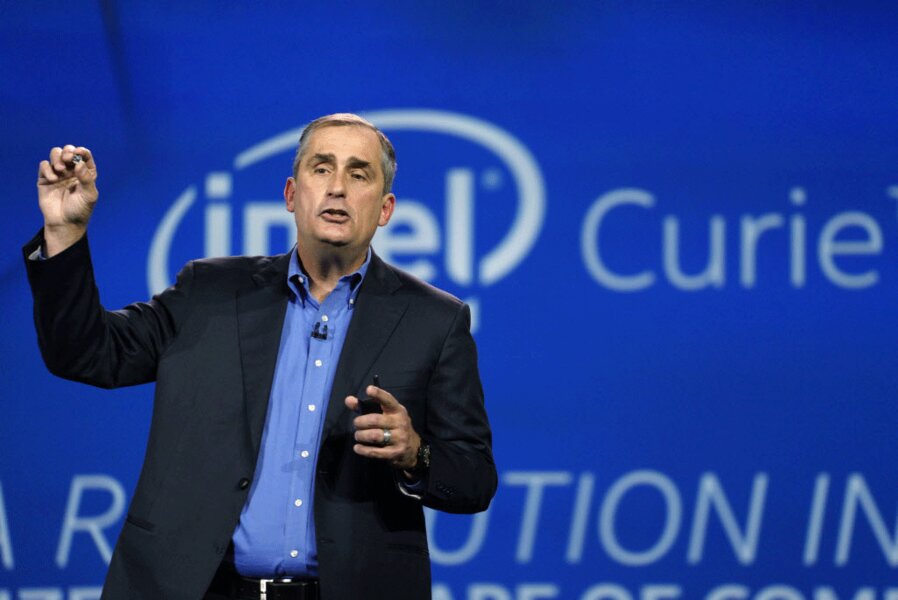CES 2015: Intel pledges $300 million to support workplace diversity
Loading...
It's long been true that white and Asian men dominate the technology industry. In the last year, major companies such as Apple and Google have come under fire for their hiring practices, but Intel, the giant chip maker, appears to be working towards diversifying its own office and Silicon Valley as a whole.
At the 2015 Consumer Electronics Show (CES) on Tuesday, Intel chief executive officer Brian Krzanich announced plans to achieve “full representation” of women and under-represented minorities in the company by 2020, as well as plans to invest $300 million into programs to support these minorities.
"We're calling on our industry to again make the seemingly impossible possible by making a commitment to real change and clarity in our goals," Mr. Krzanich said in a press release. "Without a workforce that more closely mirrors the population, we are missing opportunities, including not understanding and designing for our own customers."
Last year, several major technology companies opted to disclose their diversity figures. The reports showed an obvious pattern. Google’s US employment statistics showed 70 percent of its workforce was male. As for race, 61 percent of the staff was white and 23 percent was Asian. Apple had the same 70-30 gender split on a global scale, and the staff was comprised of 55 percent whites and 15 percent Asian in the US. Intel did not do any better. The 2013 report showed only 24 percent of the entire staff was female and 57 percent of the workforce was white, followed by 29 percent Asian.
Intel plans on partnering with several organizations to improve these statistics, including the E-Sports League, the National Center for Women in Technology, and the CyberSmile Foundation.
With the assistance of these groups, the company plans on investing the money to support the underrepresented. As the New York Times reported, these plans include creating engineering scholarships and supporting historically black schools, as well as creating a more welcoming environment within Intel to retain its minority employees. The company also made it clear that it wants to invest in making the video game industry more female friendly.
The announcement comes on the heels of some heat Intel took last year for unintentionally taking a side in the current Gamergate controversy.
Gamergate is a hashtag group on Twitter that has sparked intense debate about the role women play in the gaming industry. In August of 2014, the hashtag emerged as a way to discuss the integrity of video game journalism, but became a way for some extreme members to lash out at critics, especially female video game journalists. Since then, the group has been largely painted as anti-feminism.
As The Verge reported, Intel became involved when a group associated with Gamergate called Operation Disrespectful Nod began a campaign to convince advertisers to pull content from video game websites such as Gamasutra and Kotaku. The group formed “in order to complain about five specific articles that suggested the concept of the ‘gamer’ as an identity was fading away,” reports The Verge.
After reportedly receiving complaints from self-identified gamers, Intel gave into pressures and pulled advertising from Gamasutra. This made Intel appear to be on the side of Gamergate and many saw its actions as anti-feminist. The company issued an apology for pulling the ads and declared its “commitments to improve the diversity” of the workforce and to reinforce that it did not support groups that discriminated against women.
Some speculate this investment was in direct response to the bad press from Gamergate, but either way, this is a big step for the underrepresented in Silicon Valley.







